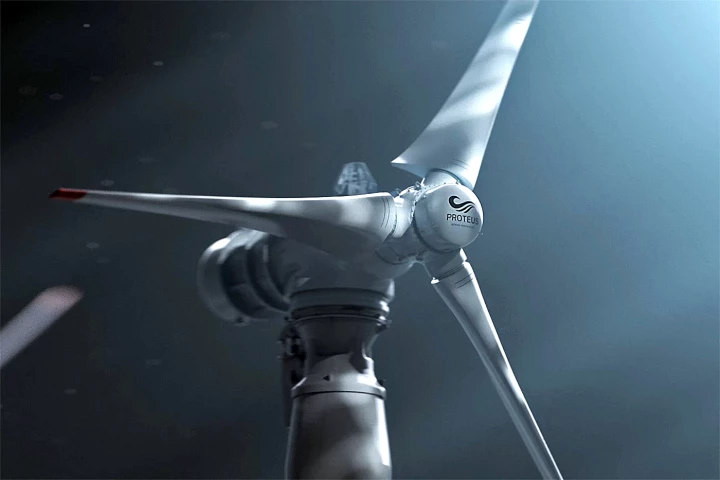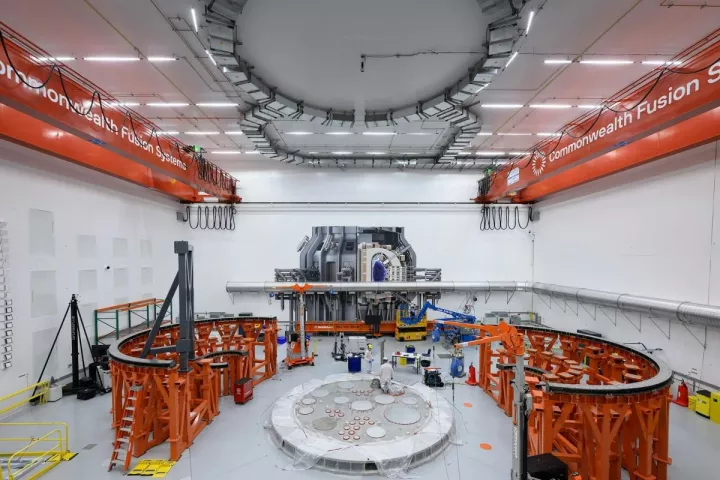Renewable Energy
-
Tidal power is a fantastic source of clean, predictable energy – if you can harness it. SKF says it's making major headway in this field, as it's set a world record for tidal turbine reliability with systems operating continuously for over six years.
-
Massachusetts-based energy startup Commonwealth Fusion Systems (CFS) has struck a deal to deliver 200 MW of electricity to Google from its upcoming ARC power plant in Chesterfield County, Virginia.
-
An exceptionally odd clean energy project backed by Bill Gates has broken ground near Rock River, Wyoming, where a wind turbine that turns convention on its head will get a chance to prove its remarkable claim: wind power at 1/3rd of the cost.
-
Storing clean energy to use later poses a challenge in regions that have long stretches with low wind and sunlight, stressing power grids fed by renewable sources. Augwind Energy believes it's found a solution thousands of feet below the ground.
-
Researchers at Australia's national science agency have developed an efficient method to produce green hydrogen for energy-hungry, high-temperature industrial processes – and it starts with concentrated sunshine.
-
Drill bits are out, death rays are in. On May 21, 2025, New Atlas hit up Quaise Energy’s literal groundbreaking demo in Houston, Texas where a mm-wave maser melted rock to unlock the deepest, hottest, cleanest energy anywhere.
-
Researchers in Australia are working on a way to lower the cost of producing solar thermal energy by as much as 40% with the help of shatterproof plastic rear-view mirrors originally designed for cars.
-
The billionaire co-founder of finance app Robinhood has a new startup focused on beaming solar power from satellites to receivers on Earth. With $50 million in funding, this Starlink-for-electricity outfit aims to launch a test in orbit next year.
-
The YongLE Risheng CG is a wind/solar motorcycle that sports a roof covered in 250W solar panels to which a wind turbine is mounted. It's not the most aesthetic design we've seen on a motorcycle, but hey, it works... apparently.
-
Quaise Energy has been dazzling us lately with its bleeding-edge plans to tap super-deep, superheated steam as a global power source. Now, the company's reaching back over a century to adapt yesterday's technology for tomorrow's energy.
-
MIT spin-off Quaise is still trying to use fusion technology to drill the deepest hole in history and unlock clean, virtually limitless, supercritical geothermal energy. But how does it work? And are they even close to realizing their vision?
-
Chinese energy giant BYD has just inked a deal to build the largest battery storage projects on the planet for Saudi Arabia. The company will put together facilities at five sites totaling a massive 12.5 GWh of energy storage.
Load More











